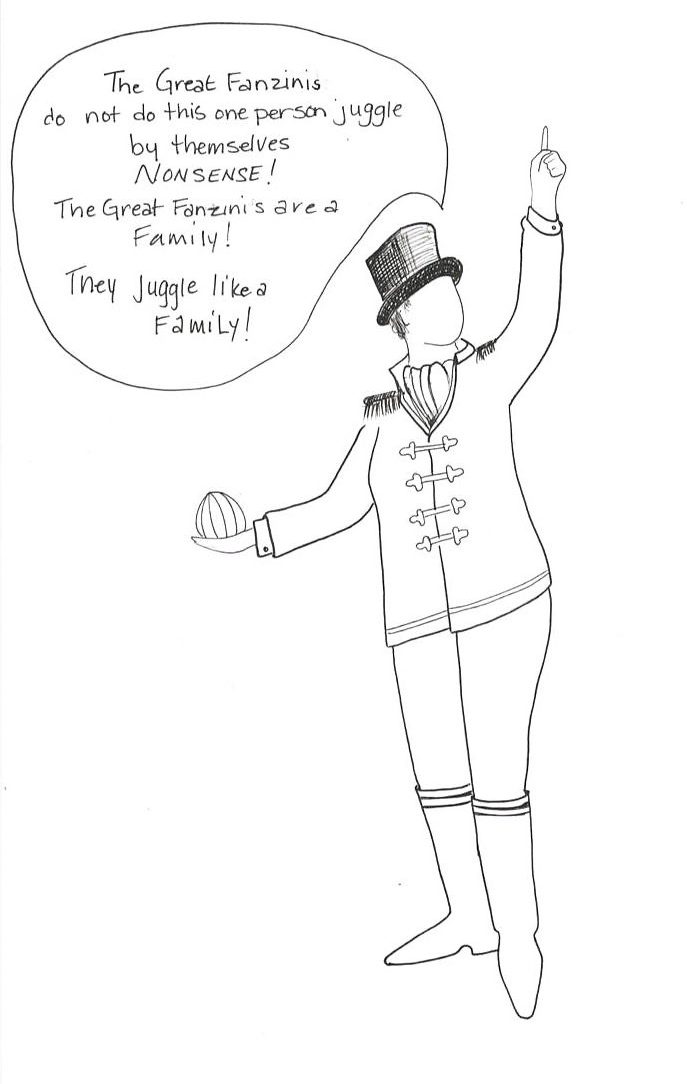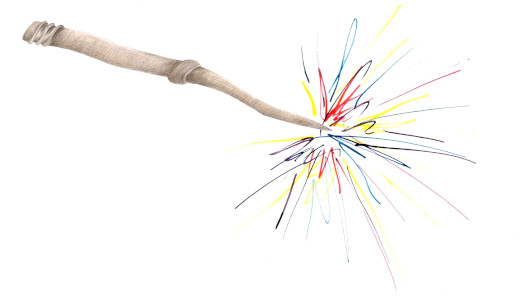Performative modeling
As with any theatre project, a premise on which TSDC is based is that theatre is a valuable and effective tool for communicating ideas, feelings, and visions. It follows then, that in addition to tone other elements of performance — posture, gesture, story, character — are useful communication resources when facilitating performance creation workshops.
Wherever possible, TSDC theatre facilitators introduce workshop exercises and activities using their performance-based communication skills — a performative kind of show and tell. For example, when introducing a warm-up exercise like The Great Fanzinis, the facilitator can take on the role of a Circus Ringmaster as they explain how the exercise will work and stay in character as they facilitate the exercise. Here’s a lovely example of how Catherine, embodying a flamboyant Circus Ringmaster persona, communicated one of the take-away values of The Great Fanzini’s while she introduced the exercise:

Similarly, introducing and facilitating a character or story development exercise can be an opportunity to model storytelling skills and to reinforce story elements like character, place, and action. For example, prior to a COVID-era Sustaining Connections virtual (Zoom) gathering we sent everyone an email with a prompt that invited them to:
Find an object in the place you’re living that reminds you of something that makes you happy, even for a moment, or that you have developed a new appreciation of.
Invent a character who might interact with this object in a way that would help an audience understand why or how it could make someone’s life easier or bring them a moment of joy.
As facilitators, during the virtual workshop we took on the role of lively and hospitable radio hosts interviewing the participants’ invented characters about their objects. With this approach we were able to model a kind of storytelling while also performatively reinforcing elements of the story by using our radio host personas to ask follow-up questions to support participants to more fully develop their characters and stories. Taking on the roles of Circus Ringmaster and radio hosts, also gave the facilitators a way to performatively communicate an attitude of solidarity and care, a way of saying we’re here with you.


